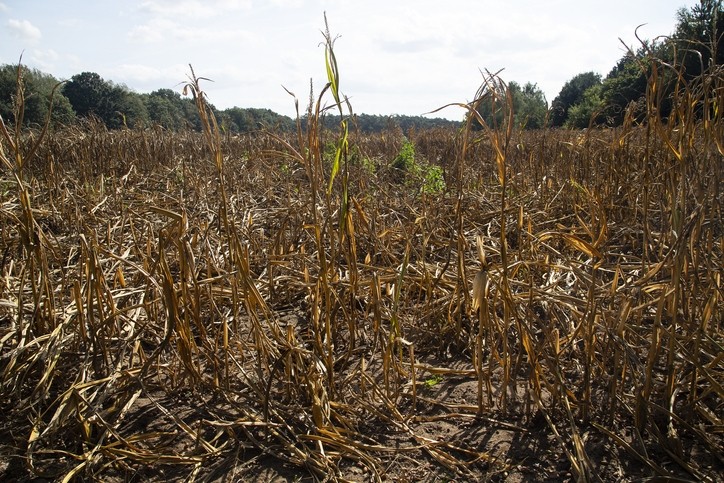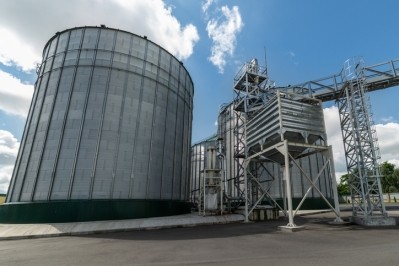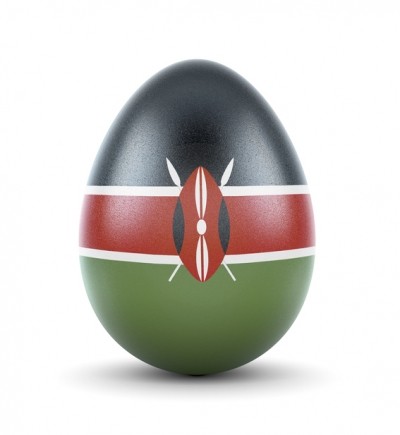South Africa could be a market for US corn exports

The US Department of Agriculture released details about the production of the feed crop and South African market potential for US producers in a report from the Foreign Agricultural Service last week.
Overall, South Africa is estimated to have a 14% decline in the area planted in corn for the 2018/19 market year (MY), said Dirk Esterhuizen, senior agricultural specialist with the USDA, in his report. “Commercial corn production is expected to drop by 23% to around 10m tons,” he added.
The country saw strong production of the feed crop in previous seasons and has about 3m tons of carryover stocks, he said. However, it will likely need to import about 500,000 tons during the marketing year to meet local demand and exports to neighboring countries.
“As the US and South Africa are synchronized in terms of approved genetically engineered (GE) corn, South Africa could be a market for US corn exports,” he said.
Planting and weather challenges
High temperatures and dry weather have caused an estimated 14% drop in the area planted in commercial corn in South Africa, said the specialist in his report. The planted area fell from about 2.3m hectares in the 2017/18 market year to 2m hectares in 2018/19.
By mid-December, about 20% of the western section of South Africa’s corn producing region was planted, the USDA said. Portions of the eastern section of the corn growing area also saw delayed planting – but end of year rains improved soil moisture in some parts of the corn-producing region.
“Compared to the 2018/19 MY, commercial white corn area is expected to drop by 17% 1.1m hectares, while commercial yellow corn area is expected to drop by 10% to 950,000 hectares,” the specialist said. “The 2018/19 MY corn area planted by subsistence farmers is expected to drop by 5% from the 2017/18 MY to an estimated 300,000 hectares.”
The declines bring the total area planted in corn down 13%, from 2017/18.
Despite the anticipated drop in production, demand for the feed crop is expected to increase by about 2%, the specialist said.
Feed production and trade
Commercial production expectations have also fallen from earlier estimations, the specialist reported. The country is anticipated to generate about 10m tons of the commercial feed and food crop, subsistence producers are also forecast to see reductions.
Overall corn production is forecast to be down 13% from earlier estimates and about 22% below the 13.5m tons generated in the 2017/18 MY crop, he said. The crop forecast also is below South Africa’s 10-year annual average production.
To offset the drop in production, South Africa will need to import about 500,000 tons of corn during the 2018/19 marketing year, he said.
The imports also are expected to cover some trade with neighboring countries to preserve markets, although “deep sea” exports are predicted to stop, he said. “South Africa already imported 50,000 tons of yellow corn from Brazil in the 2017/18 MY, destined for the Western Cape province."
The estimates are the corn imports in 2017/18 may reach 100,000 tons, the specialist said. That prediction was linked to a related expectation that corn exports for the 2017/18 MY could drop to 1.9m tons so that stocks “earmarked” for the export market could provide support to the smaller crop expected for the 2018/19 MY.
“Year-on-year, local white corn prices and yellow corn prices are respectively 63% and 41% higher, illustrating the expected shortage of corn in the domestic market,” he said. “Climatic conditions will continue to be the major driver of fluctuation in the local corn prices in the next couple of months.”












